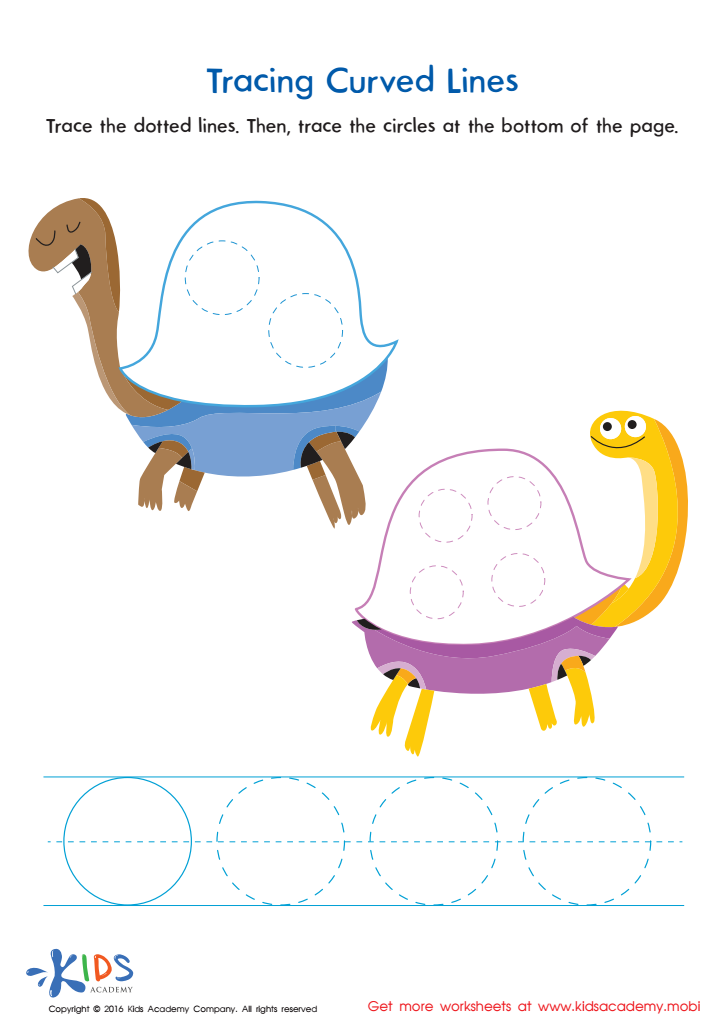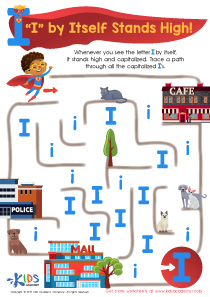Normal Tracing Lines and Curves Worksheets for Ages 5-9
5 filtered results
-
From - To
Discover our Normal Tracing Lines and Curves Worksheets designed for children aged 5-9. Our expertly crafted worksheets blend fun with education, helping young learners develop fine motor skills, hand-eye coordination, and essential pre-writing abilities. Through engaging activities, kids practice tracing various patterns, lines, and curves, essential for mastering proper letter formation. Providing an ideal foundation for future writing tasks, our printable resources encourage confidence and creativity. Perfect for classroom use or home practice, these worksheets make learning enjoyable for children and stress-free for parents and educators. Set your child on the path to writing success today!
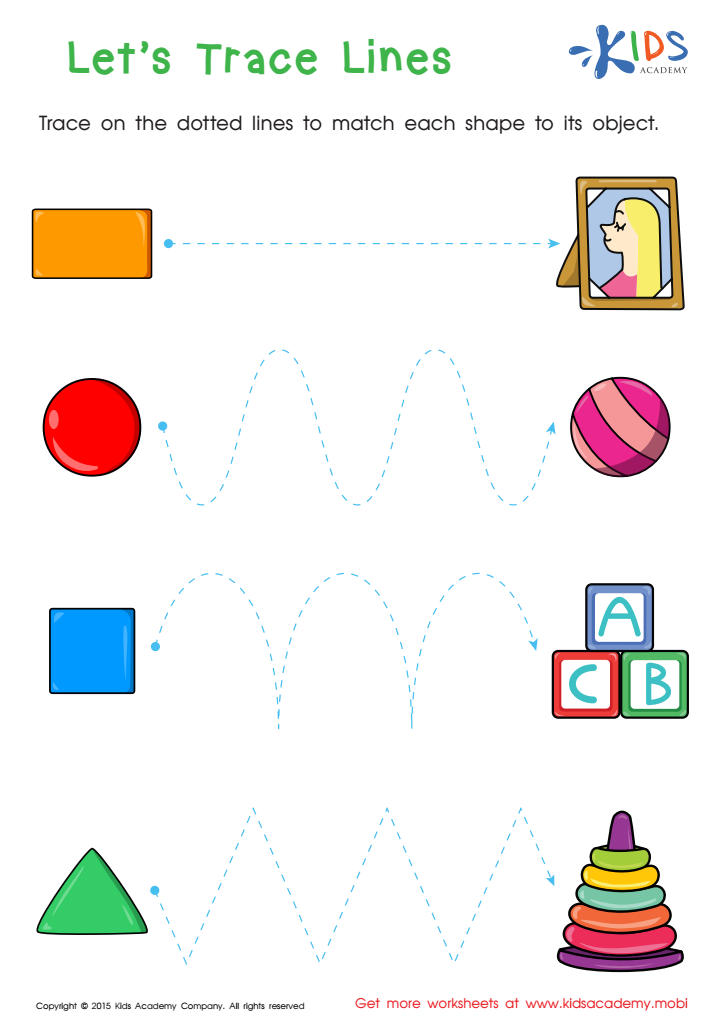

First Words: Let's Trace Lines Worksheet
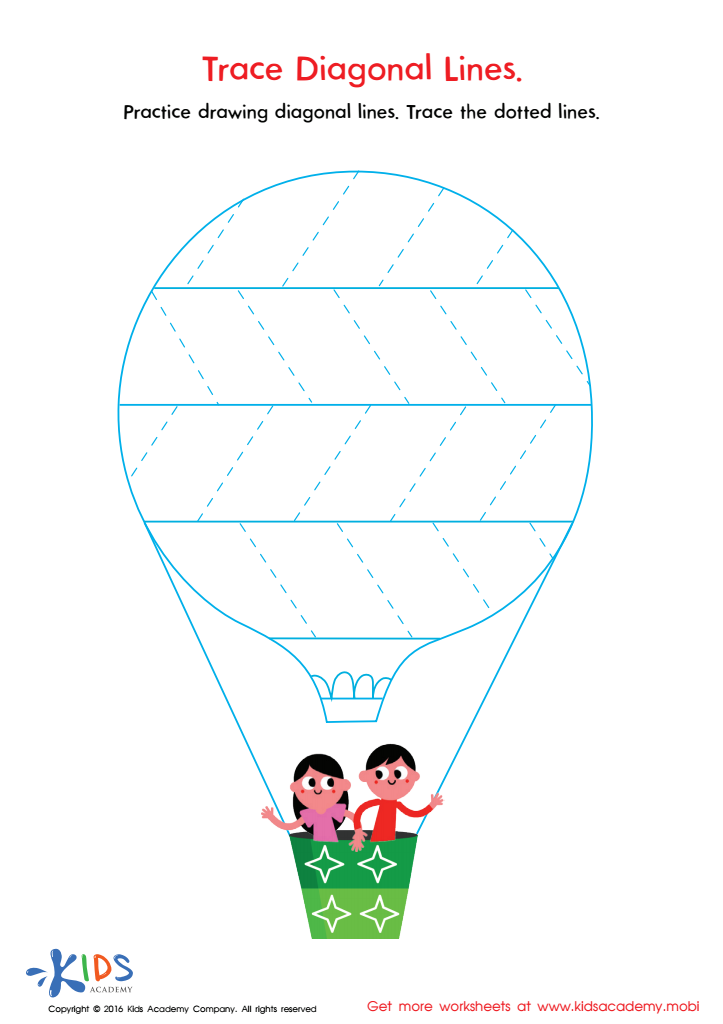

Trace Diagonal Lines Worksheet
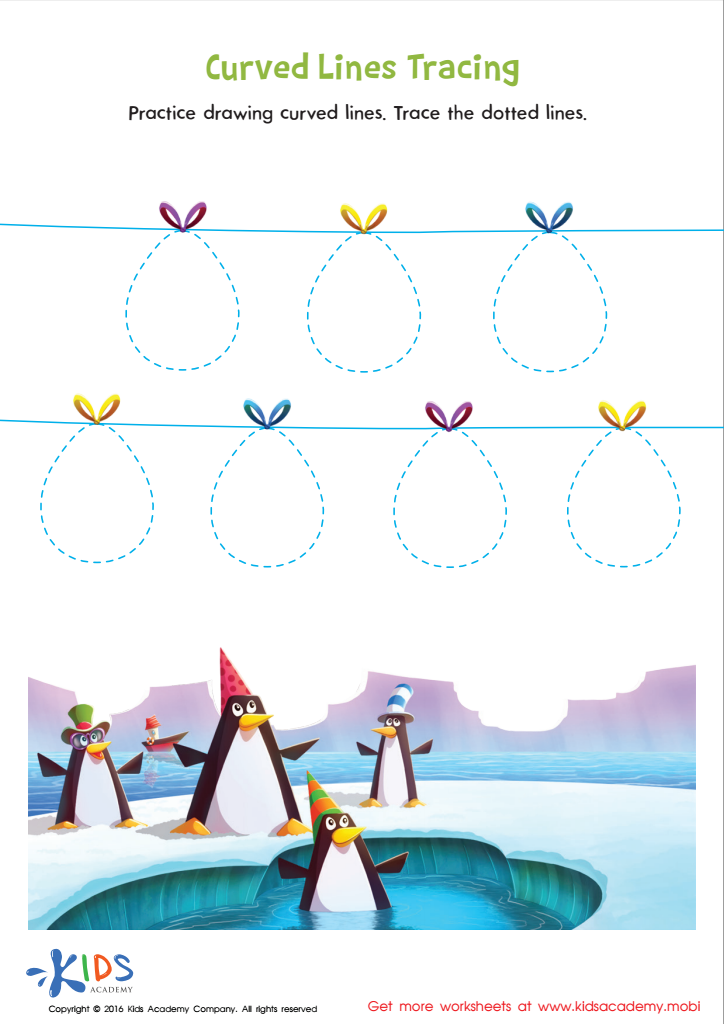

Curved Lines Tracing Worksheet
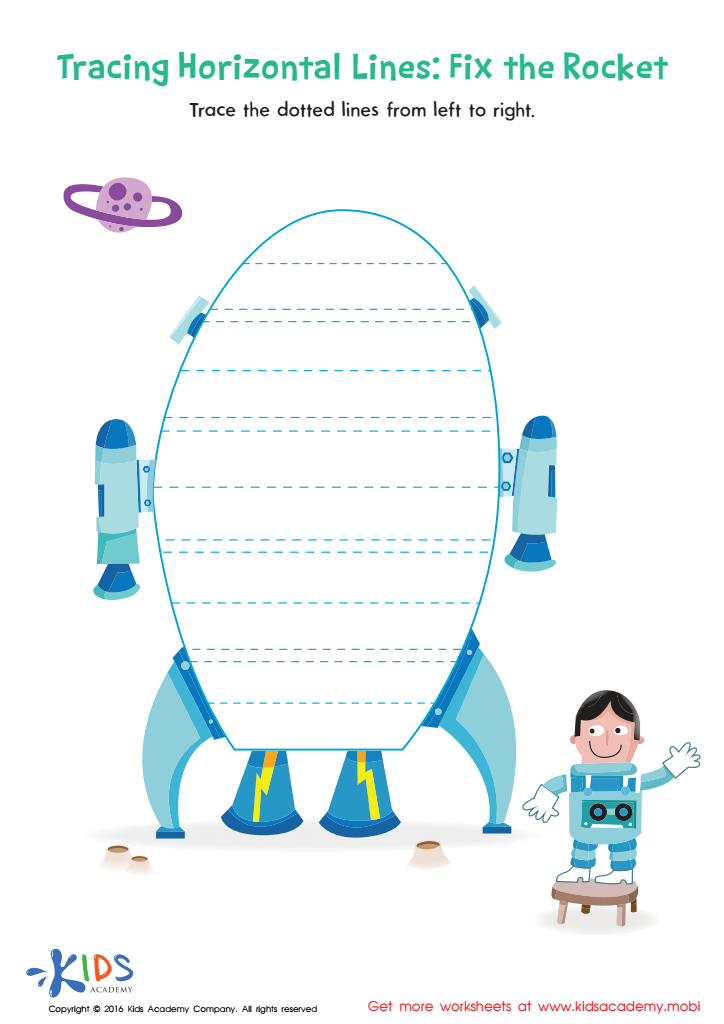

Tracing Horizontal Lines Worksheet
Parents and teachers should care about normal tracing lines and curves for children aged 5-9 because these activities are vital in their overall developmental progress. Tracing exercises help develop fine motor skills, which are crucial for children’s ability to perform everyday tasks like buttoning clothes, tying shoes, and eventually writing legibly. Tracing also lays the groundwork for handwriting proficiency by enhancing hand-eye coordination, muscle control, and dexterity.
These activities offer cognitive benefits too. By learning to trace lines and curves, children enhance their visual-spatial skills—the ability to understand and organize visual information—which is essential for subjects like math and geometry later on. Tracing builds foundational knowledge of shapes, letters, and numbers, which contributes to phonemic and numerical understanding—a core component of early literacy and numeracy skills.
Additionally, engaging in tracing activities has emotional benefits. It boosts self-confidence as children successfully complete tasks and receive praise. It encourages concentration and patience—skills that are important for academic success in all subjects.
Therefore, incorporating tracing lines and curves into play, both at home and in the classroom, provides a well-rounded approach to supporting children’s physical, cognitive, and emotional growth during these formative years. It’s an investment in their academic and everyday achievements.

 Assign to the classroom
Assign to the classroom
